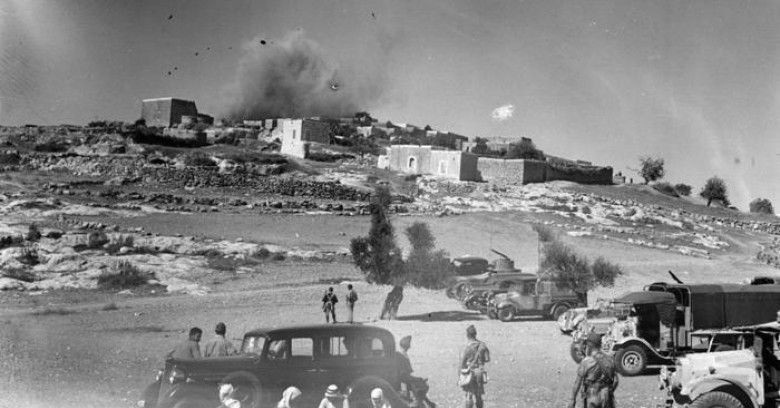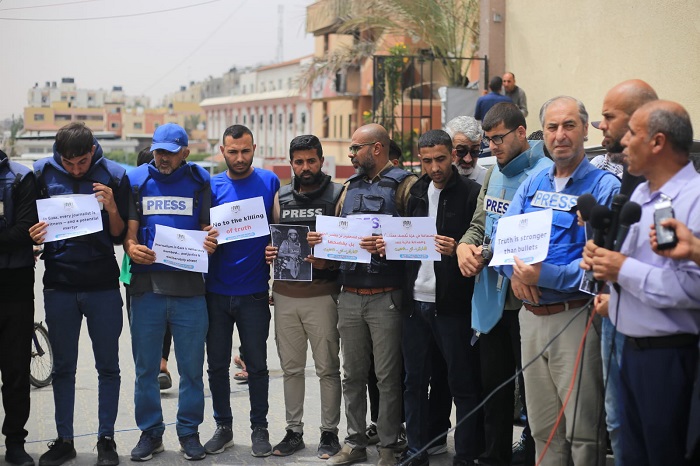RAMALLAH, April 15, 2018 (WAFA) – Monthly per capita expenditure in the West Bank increased in 2017 compared to 2011, while for the same period, the percentage in the Gaza Strip decreased, according to the Palestinian Central Bureau of Statistics (PCBS).
In 2017 the per capita expenditure was 220 JDs in the West Bank, while it was 188 JDs in 2011, with an increase of 17.0%. While in Gaza Strip the average monthly of per capita expenditure decreased in 2017 compared to 2011 by around 17%, as the per capita expenditure was 91 JDs in 2017, while it was 110 JDs in 2011.
The average monthly per capita expenditure was around 170 JDs.
The monthly average of per capita expenditure in Palestine was 169.5 JDs (220.1 JDs in the West Bank, and 91.2 JDs in Gaza Strip).
Around 31% of total expenditure was for Food
Percentage of per capita expenditure on food groups to the total per capita expenditure was 30.5% (29.1% in the West Bank, and 35.7% in Gaza Strip), followed by the percentage of per capita expenditure on transport and communications by 18.5%, and 8.7% on housing, and the lowest percentage of expenditure was on recreation group by 1.5%, and second lowest percentage was on personal care group by 2.1% in Palestine.
A decrease in the share of expenditure of food, clothes, household appliances and personal care
The data revealed that there was a change in expenditure patterns of Palestinian individual\household between 2011 and 2017. The share of food decreased in 2017, as it was 35.9% in 2011 and it became 30.5% in 2017. The share of clothes and footwear also decreased, as it was 6.6% in 2011 and became 5.2% in 2017. The share of household appliances – which includes furniture and utensils and household operation groups – also decreased in 2017, as it was 5.8% and became 4.6%. The share of personal care decreased from 2.8% in 2011 to 2.1% in 2017.
An Increase in the expenditure of transport & communications, cash transfers, education and smoking
The data revealed that the share of transport and communications group increased, as it was 14.7% in 2011 and reached 18.5% in 2017. Another increase was in cash transfers, which increased from 3.5% in 2011 to 7.6% in 2017. The share of education also increased, as it was 3.0% in 2011 and it increased to 4.1% in 2017. The smoking (tobacco) share also increased, as it was 4.6% in 2011 and it reached 5.4% in 2017.
The change in expenditure patterns (either increasing or decreasing) in Palestine was the same for the West Bank and Gaza Strip in all groups except for the following three groups: housing, medical care, non consumption expenditure.
The first group was housing, its share of expenditure decreased in the West Bank from 8.7% to 8.4%, while it increased in Gaza Strip from 8.9% to 9.8%, and remained the same on national level of 8.7% in 2017. The second was the medical group, where its share decreased in the West Bank from 3.8% to 3.4%, while in Gaza Strip there was an increase from 3.3% to 4.0%, and on the national level the share of medical care decreased from 3.7% in 2011 to 3.5% in 2017. The third group was the non consumption expenditure group, which includes: gifts, loans interests, social insurance; the share of this group increased in the West Bank, but decreased in Gaza Strip, and it increased on the national level from 5.2% in 2011 to 6.2% in 2017.
The average monthly expenditure of household was around 935 JDs
According to the results of the Palestinian expenditure and consumption survey 2017, the average monthly expenditure of household on various goods and services amounted to 934.9 JDs (for household size of 5.5 of individuals), and it was 1143.6 JDs in the West Bank (for household size of 5.2 individuals) compared to 556.0 JDs in Gaza Strip (for household size of 6.1 individuals).
A change in household size was shown through the survey data. The average of household size decreased in Palestine in 2017, as it was 6.0 individuals in 2011 and it became 5.5 individuals in 2017. This decrease was also shown in the West Bank.
M.N











